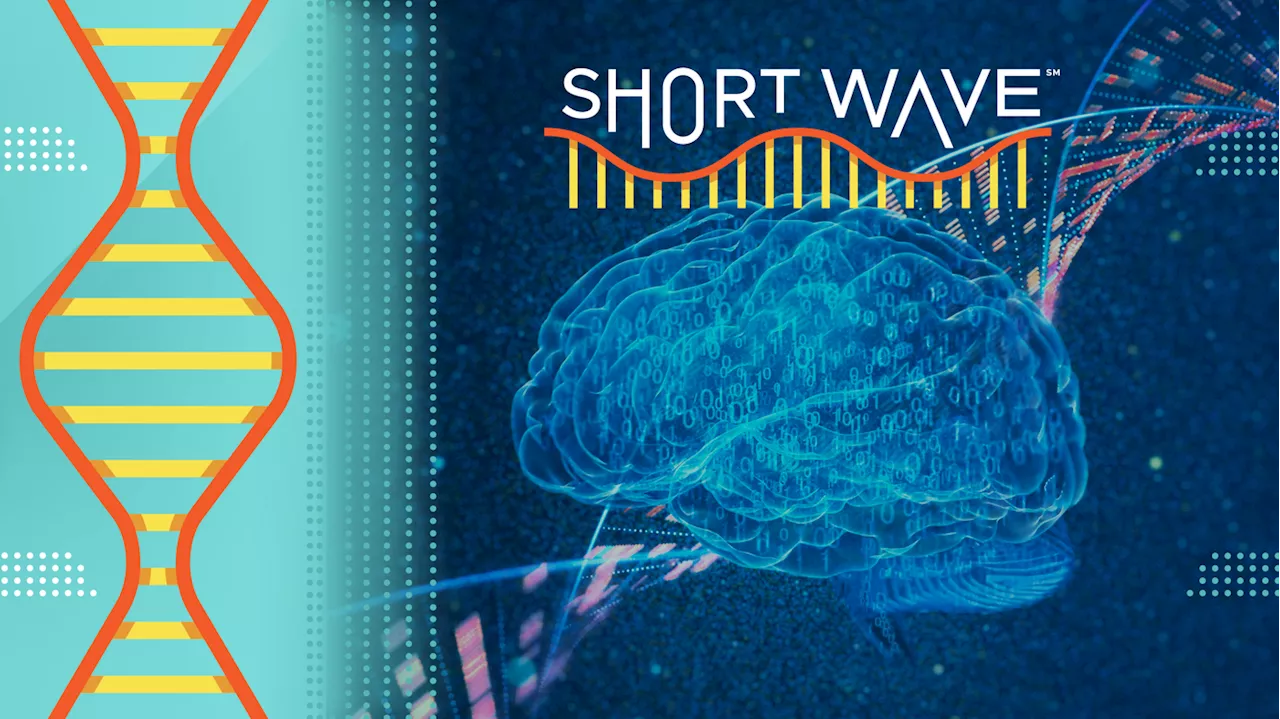Researchers have created a new cortical surface template called 'OpenNeuro Average,' or 'onavg' for short, which provides greater accuracy and efficiency in analyzing neuroimaging data.
Researchers have created a new cortical surface template called 'OpenNeuro Average,' or 'onavg' for short, which provides greater accuracy and efficiency in analyzing neuroimaging data.
Each brain has a different shape. To analyze neuroimaging data of multiple individuals, researchers need to register the data to the same brain template, which enables identifying the same anatomical location on different brains, even though brains have different shapes. These locations are known as"vertices."
The team built the template based on the cortical anatomy of 1,031 brains from 30 datasets in OpenNeuro, a free and open-source platform for sharing neuroimaging data. According to the co-authors, it is also the first cortical surface template based on the geometric shape of the brain. He says their cortical surface template could be used for studies on vision, hearing, language, and individual differences, as well as on disorders such as autism and neurodegenerative diseases like Alzheimer's and Parkinson's.
Intelligence Neuroscience Brain Injury Psychology Learning Disorders Disorders And Syndromes Child Development
United States Latest News, United States Headlines
Similar News:You can also read news stories similar to this one that we have collected from other news sources.
 Researchers are figuring out how African ancestry can affect certain brain disordersBlack Americans have been underrepresented in most genomic studies of neurological disorders. As a result, scientists don't know much about whether African ancestry affects a person's risk for these disorders or their response to a particular treatment.
Researchers are figuring out how African ancestry can affect certain brain disordersBlack Americans have been underrepresented in most genomic studies of neurological disorders. As a result, scientists don't know much about whether African ancestry affects a person's risk for these disorders or their response to a particular treatment.
Read more »
 Hopkins researchers launch writing contest to learn about how the brain processes storiesA Johns Hopkins University research team is asking for the public’s help in mapping the specific areas of the brain that kick into high gear when we read a novel or buy movie tickets.
Hopkins researchers launch writing contest to learn about how the brain processes storiesA Johns Hopkins University research team is asking for the public’s help in mapping the specific areas of the brain that kick into high gear when we read a novel or buy movie tickets.
Read more »
 Researchers identify cause of serious brain bleeding condition in premature newbornsScientists have found that in premature newborns with very low birth weight, salt and water transporters on immature neurons can cause brain tissue to shrink in response to a lack of oxygen, which in turn results in brain bleeding and lifelong neurological damages.
Researchers identify cause of serious brain bleeding condition in premature newbornsScientists have found that in premature newborns with very low birth weight, salt and water transporters on immature neurons can cause brain tissue to shrink in response to a lack of oxygen, which in turn results in brain bleeding and lifelong neurological damages.
Read more »
 Researchers pinpoint brain cells that delay first bite of foodDo you grab a fork and take a first bite of cake, or say no and walk away? Our motivation to eat is driven by a complex web of cells in the brain that use signals from within the body, as well as sensory information about the food in front of us, to determine our behaviors.
Researchers pinpoint brain cells that delay first bite of foodDo you grab a fork and take a first bite of cake, or say no and walk away? Our motivation to eat is driven by a complex web of cells in the brain that use signals from within the body, as well as sensory information about the food in front of us, to determine our behaviors.
Read more »
 Researchers identify brain region involved in oxycodone relapseEven years after they have recovered, a person who once struggled with alcohol or opioid addiction can relapse--and that relapse is more likely to occur during particularly stressful times. Now, scientists have identified an area of the brain that plays a key role in stress-induced oxycodone relapse.
Researchers identify brain region involved in oxycodone relapseEven years after they have recovered, a person who once struggled with alcohol or opioid addiction can relapse--and that relapse is more likely to occur during particularly stressful times. Now, scientists have identified an area of the brain that plays a key role in stress-induced oxycodone relapse.
Read more »
 Researchers uncover brain region's role in hearing and learningThe human brain is remarkably adept at adjusting what we hear based on contexts, like our current environment or priorities, but it's still unknown how exactly the brain helps us detect, filter and react to sounds. Now, biologists are a step closer to solving that mystery.
Researchers uncover brain region's role in hearing and learningThe human brain is remarkably adept at adjusting what we hear based on contexts, like our current environment or priorities, but it's still unknown how exactly the brain helps us detect, filter and react to sounds. Now, biologists are a step closer to solving that mystery.
Read more »
